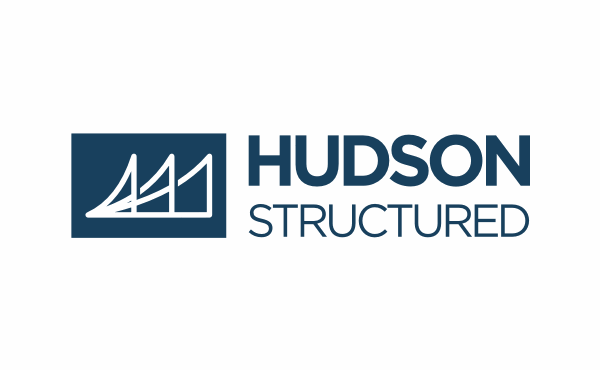
Global insured catastrophe losses have now surpassed the $100 billion level in 2025, according to Steve Bowen, Chief Science Officer at reinsurance broker Gallagher Re.But the milestone is no longer the talking point it once was, as the $100 billion figure gets eclipsed year after year.Just a decade ago, $100 billion of annual global insured catastrophe losses was seen as a very high toll for the market, one that was said at the time to be a new normal.With the continued rapid pace of inflation, asset growth and development in catastrophe exposed regions of the world, the new normal is now said to be around the $150 billion mark.
Once again, in 2025 the industry has experienced the $100 billion of insured catastrophe loss total well in advance of the end of the year.Gallagher Re’s Bowen explained, “As the calendar races towards Q4, we’ve officially surpassed the $100 billion insured loss threshold in 2025.Ten years ago this would have been a major story.
The market now generally shrugs, which is a sign of improved re/insurance market health but also how we’ve all become accustomed to higher annual natural catastrophe loss costs.” Bowen’s point, that the fact the industry shrugs off $100 billion in catastrophe losses thanks to robust health across insurance and reinsurance markets, is a good one.The ability to withstand losses of this magnitude has improved meaningfully and a $100 billion catastrophe loss year could have resulted in challenges for some re/insurance carriers just a decade ago, depending on how the losses were shared.Now, the industry tends to view the $100 billion aggregate industry catastrophe loss metric with much less trepidation and year’s such as this are baked into the financial models and the reinsurance and retrocession buying of market participants.
Bowen also noted that, “While the year has thus far been “top heavy” with only a handful of events driving more than half of annual industry losses (LA wildfires and US SCS outbreaks), the Atlantic and Pacific tropical cyclone seasons are not yet over.Both basins have roared to life in the past week and there is a lot of season left to go.Stay tuned.
Always stay prepared.” It was reinsurance broker Gallagher Re that first said earlier this year that , which 2025 looks set to further demonstrate (or at least get somewhere near to).More recently, Verisk, the global data analytics and technology provider the insurance industry, said that , with the potential for the total to far exceed that amount in any given year.For the first-half of 2025, reinsurer .
Also for H1 2025, broker , while reinsurance broker Gallagher Re’s estimate was for $84 billion.Those last two half-year figures show the difference in how insured catastrophe losses are counted, providing a range and diversity of views for the market to absorb.Now, the $100 billion mark has been cited by Gallagher Re as well, it suggests that Aon’s total could be approaching or even at $120 billion already by this point in the year.
Bowen was making his comments in a LinkedIn post after participating in New York Climate Week and he provided some important context.“This is the time for action and innovation,” Bowen said.“We must not only safely guide a transition away from fossil fuel dependence and harmful greenhouse gas emissions, but also invest in critical adaptation / mitigation efforts and new technologies that can drive processes to remove excess carbon dioxide from the atmosphere.
This must also include incentivizing clean energy adoption at a mass scale.“The insurance industry has a hugely important role to continue to play and collaborate with other financial sector and government agencies.These were among several topics in other events that I participated in and also private meetings with elected officials.” While market participants may shrug at the $100 billion catastrophe insured loss figure, their role in helping to protect society against a rising burden from natural events and severe weather is more important than ever.
Which makes the steady build-up in industry capital and capacity all the more important, as well as innovation in resilience and risk transfer, especially with protection gaps around the world remaining evidently wide by the uninsured loss burden economies face each year..All of our Artemis Live insurance-linked securities (ILS), catastrophe bonds and reinsurance can be accessed online.Our can be subscribed to using the typical podcast services providers, including Apple, Google, Spotify and more.
Publisher: Artemis







